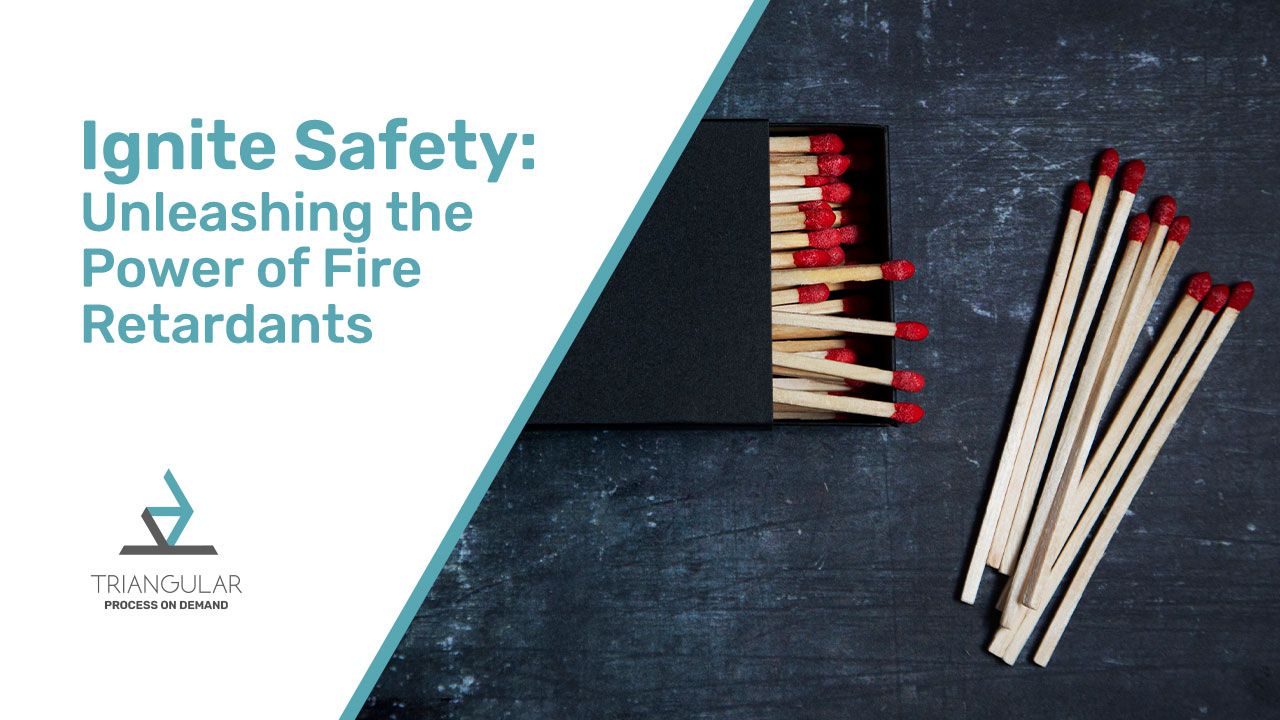Fire retardants, also known as flame retardants, are chemicals or substances that are added to materials to increase their resistance to fire and reduce their flammability.
They work by either suppressing the combustion process or delaying the ignition of the material. Fire retardants are used in a wide range of applications to enhance fire safety.
The manufacturing process of fire retardants can vary depending on the specific type being produced.
Common manufacturing methods are:
Additive Approach: Fire retardant chemicals are added to materials during their manufacturing process. These chemicals can be in the form of powders, liquids, or gases, and they are blended with the base material to provide fire resistance.
Coating Approach: A fire retardant coating is applied to the surface of a material. The coating contains fire-resistant chemicals that create a protective layer, reducing the material's flammability.
Impregnation Approach: Materials are impregnated with fire retardant chemicals, allowing the chemicals to penetrate the material's structure and provide fire resistance throughout.
Custom manufacturing services needs to meet material and industry requirements and face a lot of challenges in the process.
Fire retardant chemicals need to be compatible with the base material to ensure effective fire protection. Achieving compatibility can be challenging, particularly when working with different types of materials.
Some fire retardant chemicals may pose environmental and health concerns. The manufacturing process must address these concerns by ensuring proper handling, disposal, and adherence to regulatory standards.
Fire retardants should provide long-lasting fire protection, even under harsh conditions. Developing fire retardants with high performance and durability can be a challenge.
What are the applications of fire retardants?
- Construction and building materials, insulation, roofing materials, coatings, and sealants
- Electronics and electrical devices
- Automotive, aerospace, and railway industries,
- Consumer goods: refrigerators, ovens, and washing machines
- Fire blankets, and safety clothing
- Textiles: furniture, mattresses, curtains, carpets, and clothing

